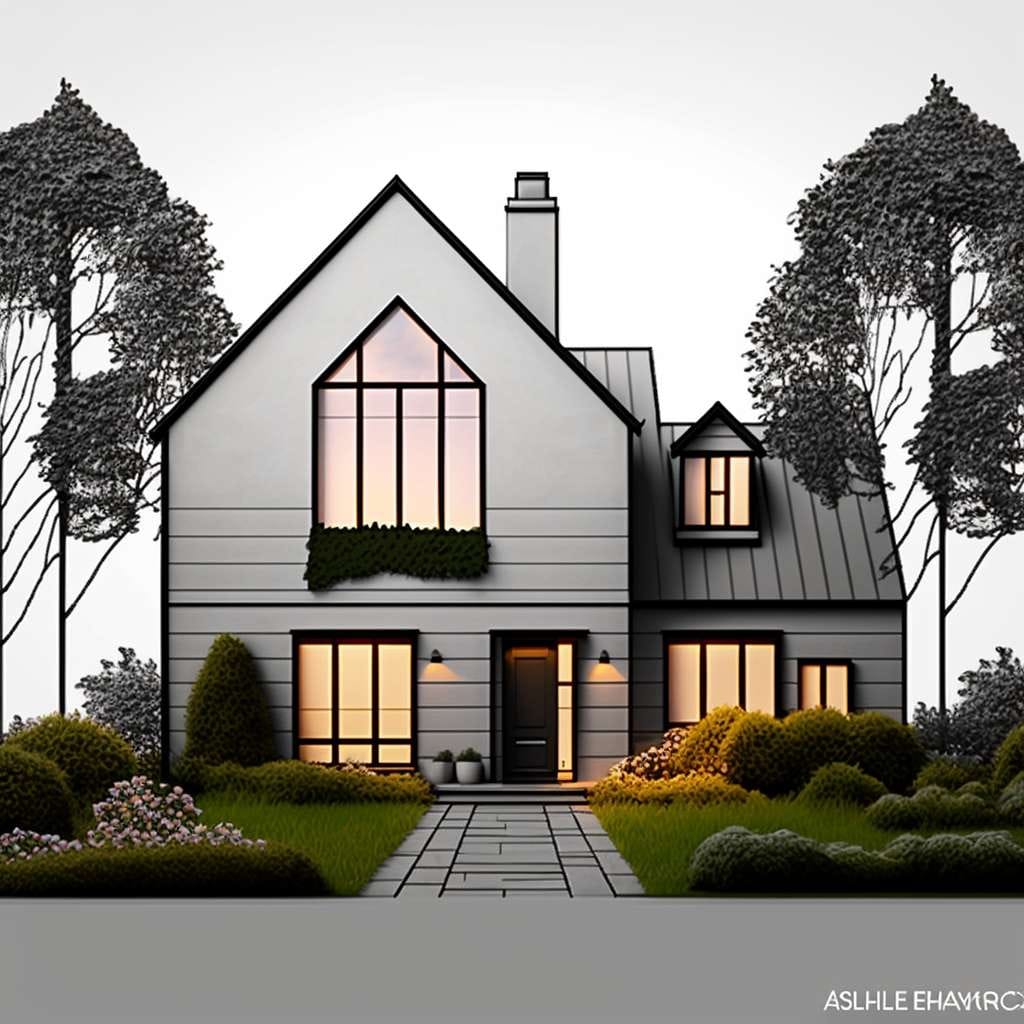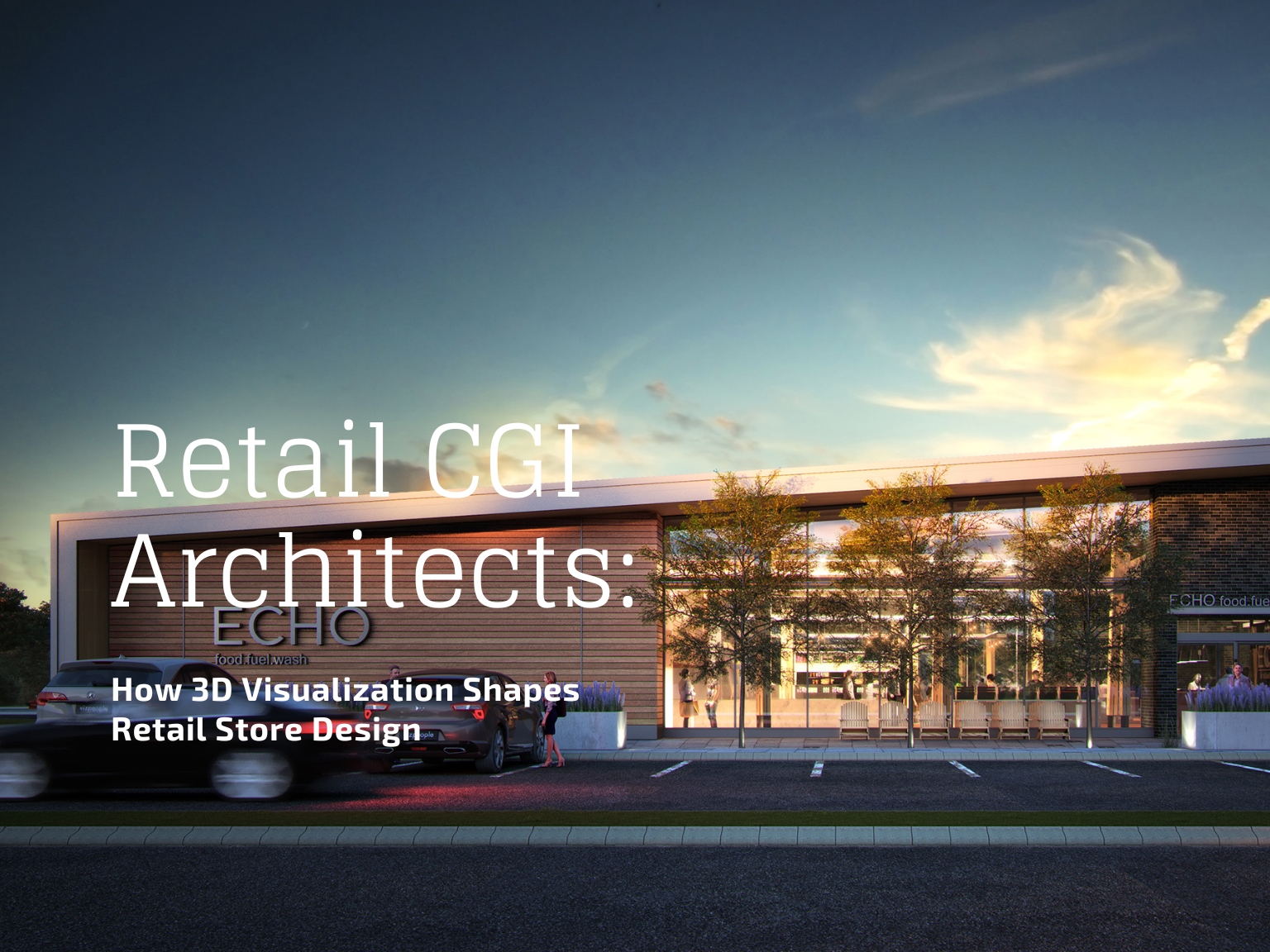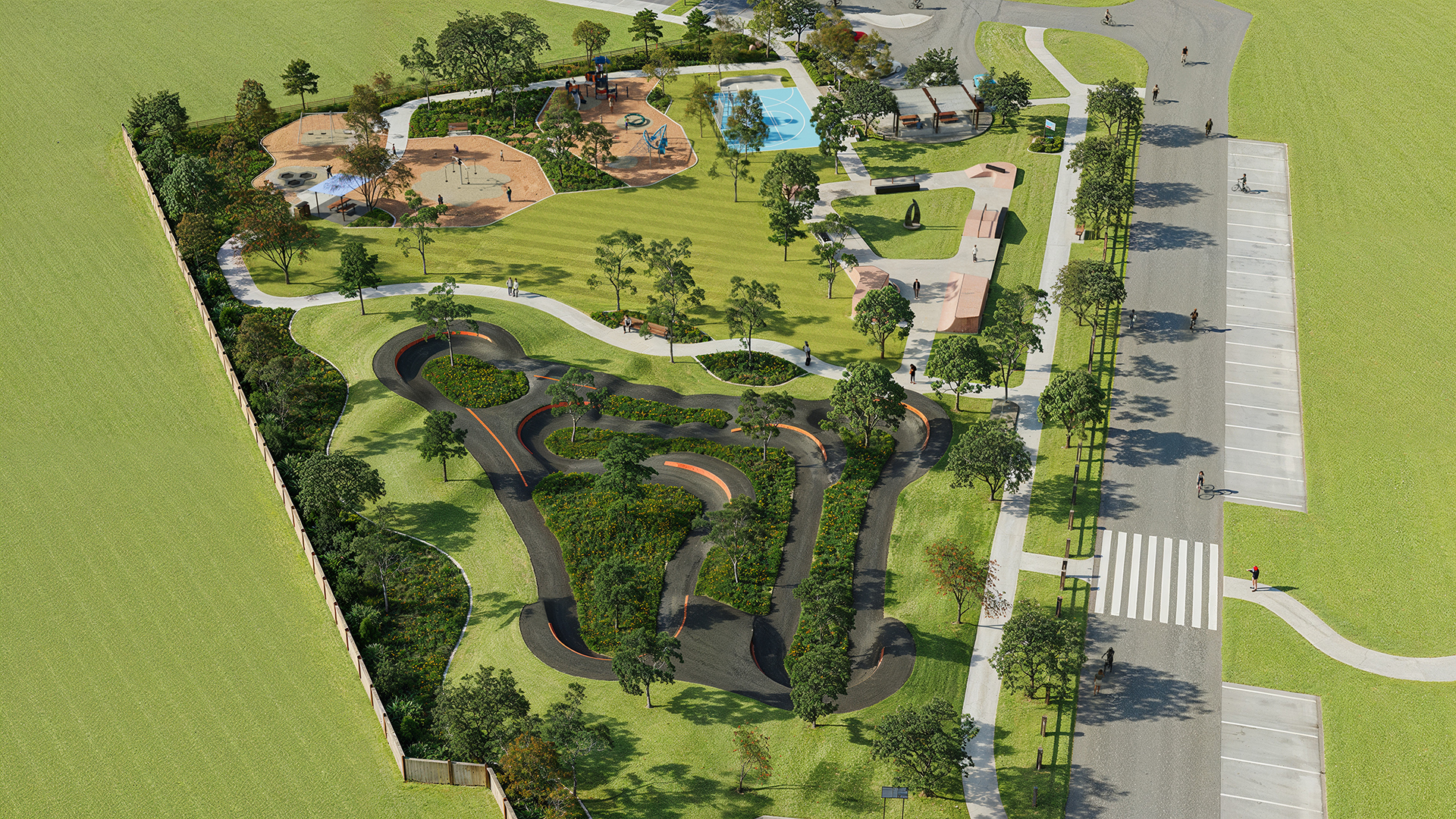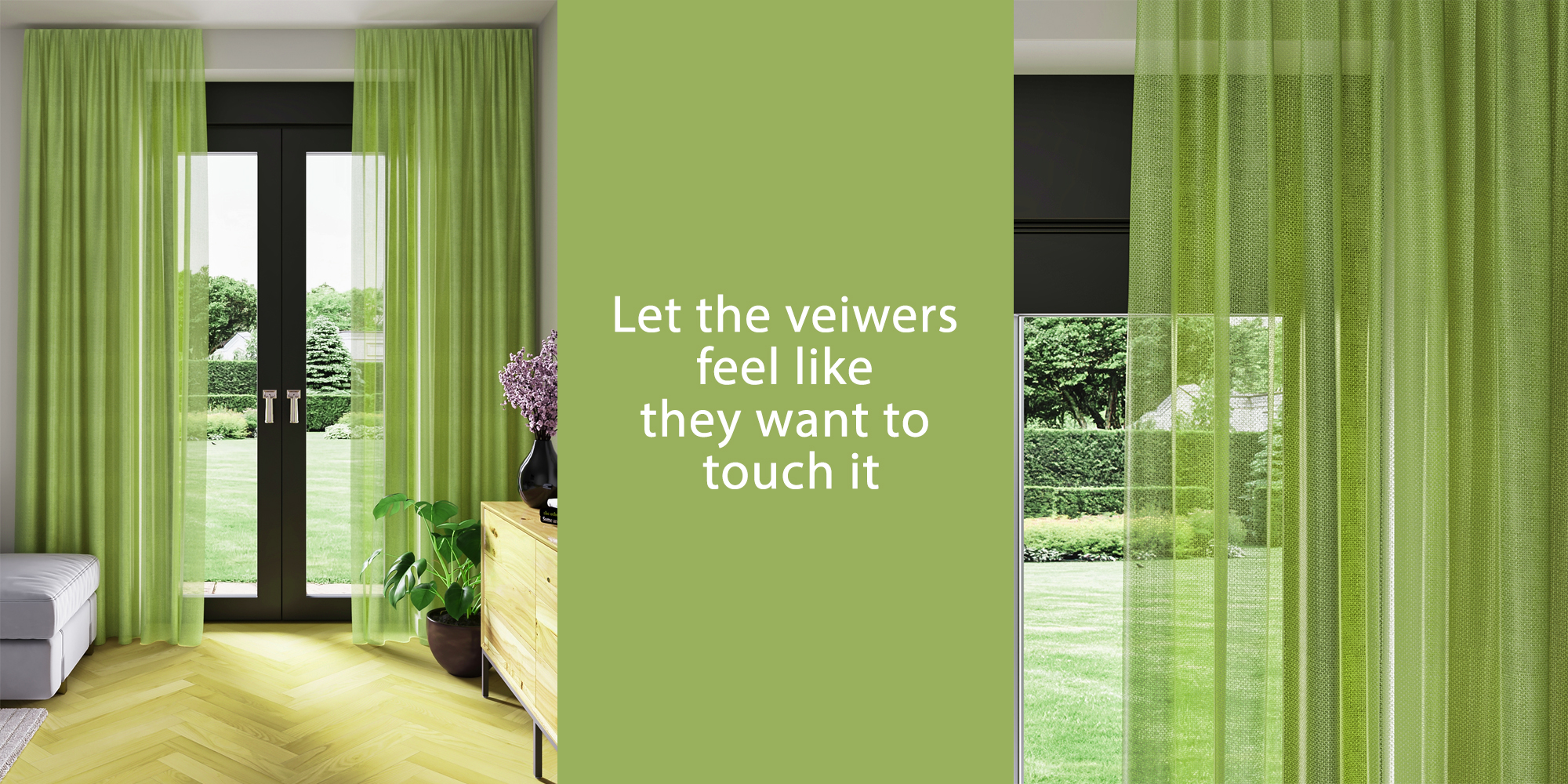“Hello there, I was wondering if the 7CGI team has integrated AI into its working procedures.” People love to hear that our work is AI-powered. AI is a very hot topic these days. 7CGI is known for photo realistic renderings in the Archviz and product rendering industry. In this article, we will discuss the Impact of AI in our workflow and in the 3D Visualization industry.
In recent years, the integration of artificial intelligence (AI) in the 3D rendering industry has transformed the way designers and artists approach their work. With AI technology, 3D visualizing has become more efficient, allowing for rapid idea generation and alternative options during the design process. Furthermore, AI has advanced photorealistic rendering capabilities, providing highly detailed depictions of architectural designs, products, and interior spaces. There are arguable concerns about the potential consequences of AI in the industry, including the possibility of job loss for professionals and the ethical implications of eliminating human input in the creative process.
To get an idea about the impact of AI in the 3D rendering industry, we will discuss the following bullet points-
- Commonly used AI tools:
- AI in Archviz:
- AI in Product design:
- AI in the Game Industry:
- Will it reduce the job for architects and 3D artists?
Commonly used AI Tools
In recent years, 3D visualization has been used massively to generate design ideas and concepts. In the 3D Rendering industry, the most popular tools are Midjourney, Revit Architecture, and OpenAI’s DALL-E. These are AI program that creates images from textual descriptions or using text prompts.
There are other GAN-based models like “StackGAN” and “Text-to-image,” but they are not as robust as Midjourney.
AI in Archviz
AI has become an essential tool in Archviz. Nowadays, architects often use it to generate ideas quickly from their initial pencil drawings. They can experiment with different design elements and even create visual representations of their concepts to present to their clients. As an example, I used the following drawing

from www.easylinedrawing.com to create this inside Midjourney-

As you can see, it did not follow the drawing accurately. It does not serve the purpose if you are looking to convert a specific drawing into a photo realistic 3D visualization. I used the same drawing to create a few concepts to find a base to ignite my thoughts. I got these four options-

Once I’ve generated a substantial number of images, I can then present them to my client. If I feel that my client would be interested in any of the images, I can show them to them to get their feedback. After selecting a preferred style, the architect would proceed to the 3D modeling phase.
In essence, this means that architects can use AI to help them brainstorm and develop their initial ideas. As a result, they can present their clients with more sophisticated visual representations of their designs than a simple pencil sketch or line drawing.
If you work with Revit architecture, you will get the upper hand by being able to generate photorealistic and relatively accurate 3D rendering right out of your BIM models. Revit has an integrated AI plugin to do that job. This feature is incredibly useful and can save you a lot of time and effort.
AI in Product design:
If you are a product designer, you can use AI just like architects and 3D artists. It’s about producing design concepts from quick sketches. The AI-produced images are not going to work as your product image. It will only allow you to brainstorm. For example, this drawing of the chair from perigold was transformed into this after some brainstorming.


Next, I asked the AI to give me a photorealistic version of the chair. The AI offered me these options-

I had something completely different thing in my mind. I felt I needed better control over AI to get closer to what I wanted. However, as experts say, you can not get accuracy from AI yet. It can only help you to think out of the box sometimes.
AI in the Game Industry:
AI has had a significant impact on the gaming industry, enhancing the gameplay experience and revolutionizing game development. AI-powered algorithms enable game designers to create more realistic and immersive virtual worlds where NPCs (non-player characters) can exhibit more human-like behavior and react intelligently to players’ actions. AI also allows for more personalized gaming experiences by tailoring difficulty levels and game content to individual players’ preferences.
Additionally, AI is increasingly used to optimize the game design and development processes, from generating level layouts to testing game mechanics. AI has transformed the gaming industry by providing players with more engaging and challenging gaming experiences and enabling developers to create more sophisticated and efficient game designs. Having AI like Lumen Simulating Photorealistic lighting is much easier now.
Will AI Reduce the Job of Architects and 3D Artists?
While AI has become a crucial tool in the field of architecture and 3D design, it does not replace the need for human professionals. Generating ideas requires a higher level of cognitive processing that requires creative data input by a human. Architects and 3D artists need to meet specific client expectations and collaborate with different departments, which AI cannot do.
Even in conceptual rendering, where technical accuracy is not as important, AI is not always effective. AI generates random images based on instructions but often requires creative input before it can properly translate the idea. This means that the process can be partially automated, but the client will still need the expertise of architects and 3D artists.
AI has the potential to assist architects and 3D artists with tasks such as modeling, rendering, and optimization, but it is unlikely to reduce the need for human professionals in these fields significantly.
Therefore, it is essential for architects and 3D artists to keep themselves familiar with AI technology and its capabilities, as it can create value by providing new tools and capabilities. However, AI does not replace the expertise and creative input of human professionals.
At 7CGI, our main objective as a 3D rendering company is to produce accurate and high-quality 3D visualizations for our clients. While AI-generated results can be helpful in situations where precision isn’t the highest priority, we can’t rely solely on them for projects that demand a higher degree of accuracy.
AI can serve as a valuable tool for design visualizations that require less precision. In fact, we’re incorporating AI into our production pipeline more and more to make creating photorealistic renderings easier than ever.
There are several benefits to using AI in 3D rendering, including speed and efficiency. AI algorithms can automate certain aspects of the rendering process, such as lighting and texturing, which can save time and increase efficiency.
However, there are also some downsides to using AI. For one, AI-generated designs may lack the creativity and uniqueness that comes with manual design. Additionally, overreliance on AI-generated results may limit the scope of creativity and experimentation in the design process. Another potential issue is data bias, as AI algorithms can be influenced by biases in the data they are trained on, which can affect the accuracy and quality of the results.
Finally, it’s worth noting that AI-generated results are less accurate than manually-created designs. If you’re working on a project that requires specific details and accuracy, experimenting with AI may not be the best use of your time. Nonetheless, incorporating AI into your workflow can still be a valuable addition if you’re looking to streamline certain aspects of the rendering process.
So the term “AI-powered 3D Rendering company” is flashy. A Good 3D Rendering Company will use any tech & tools that create value for their client.









